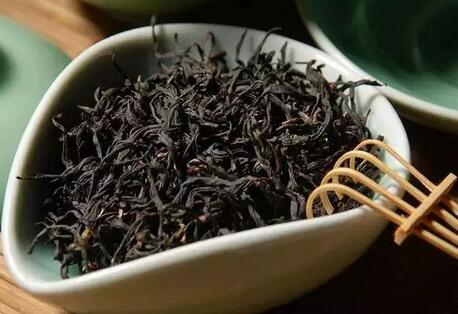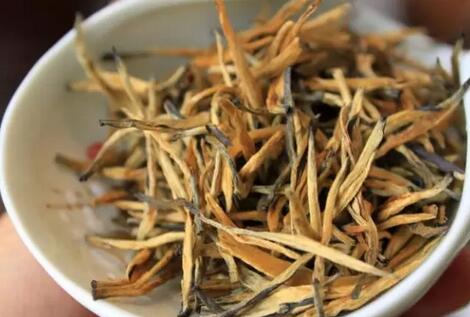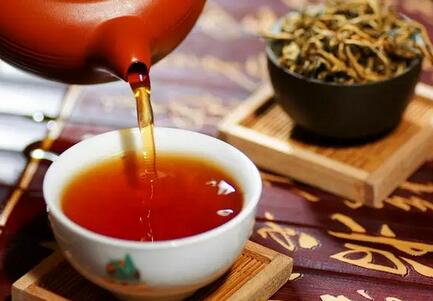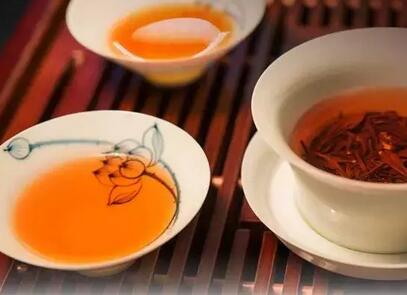Compared to Pu-erh tea, black tea has a less varied flavor, making it tricky for novice tea drinkers to choose among different types and grades. The adage 'you get what you pay for' doesn't always hold—for example, expensive Zhengshan Xiaozhong may not taste as sweet as cheaper versions, while Keemun black tea, though costly, might not seem as fragrant as legends suggest. So how to tell them apart? Today, we’ll discuss three standout black teas: Zhengshan Xiaozhong, Dianhong, and Qihong.
Xiaozhong: 'Sweet and Fragrant'

Xiaozhong is the sweetest and most aromatic, with a thick texture. It’s also a great choice for beginners. Price-wise, cheaper versions taste stronger but rougher, while pricier ones are mellower and smoother. Newcomers might initially prefer the straightforward sweetness of cheaper Xiaozhong.

If you haven’t tried Zhengshan Xiaozhong, you’re essentially a tea novice. Many beginners struggle with its heavy smoky pine notes, leading to smoke-free versions. Some detect a longan-like flavor, but a sweet potato aroma is a red flag—authentic Xiaozhong lacks this.
Dianhong: 'Rich and Mellow'

Dianhong isn’t as sweet as Xiaozhong but is rich, mellow, and resilient. Some who start with Dianhong grow attached to its boldness, differing from those transitioning from Xiaozhong.

Dianhong’s hallmark is its robust body, a trait of large-leaf teas, with a slight tartness. High-quality Dianhong exudes a honeyed fragrance and sweet fruity-floral notes, its orange-red liquor deeply enticing. As one tea lover said, 'Sipping Dianhong is like savoring a Yunnanese woman—passionate, enduring, and unforgettable.'
Qihong: 'Pure and Refined'

Qihong stands out for its refined aroma, dense texture, and pure taste. Its charm isn’t as immediate as Xiaozhong or Dianhong, seeming unremarkable at first. Beginners might want to wait before trying it to avoid disappointment.
Qihong’s 'Keemun fragrance' is a delicate, lingering scent best noticed when the cup is raised—unlike teas with overpowering aromas. Its 'dense texture' contrasts with Dianhong’s intensity; side by side, Dianhong might pale. Its 'pure taste' is hard to define—clean, focused, and best enjoyed plain. Adding milk yields a unique pale pink hue.
